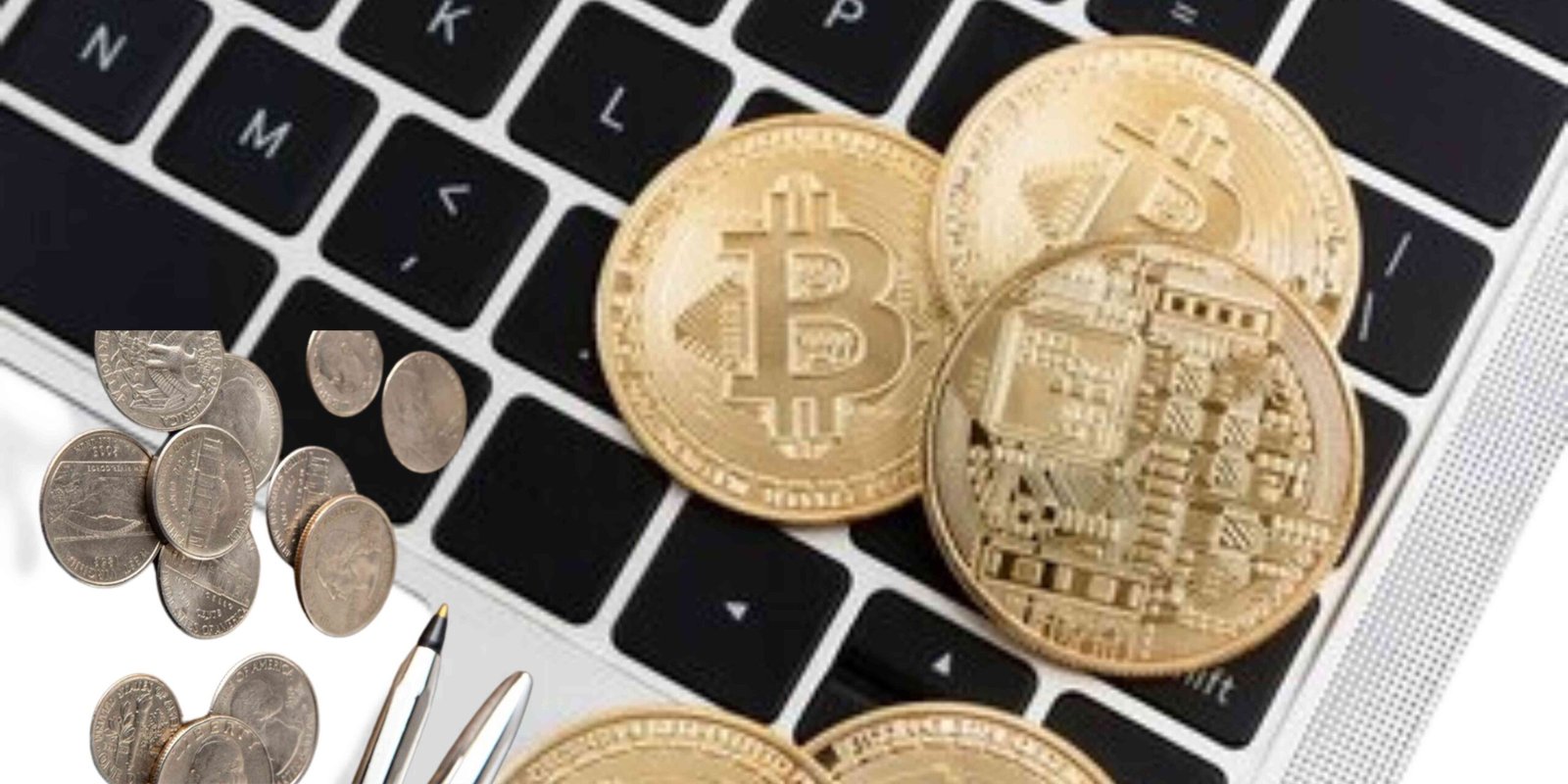Philippines begins Peso-backed stablecoin sandbox testing
Bestanews-Philippines begins Peso-backed stablecoin sandbox testing The test aims to find out how well the PHPC stablecoin performs in the real world, how it impacts the local money supply, and what the cryptocurrency might be able to do in the future. The test will also look at what the coin could be used for. Applications in this group include those used for business, payments, and autonomous financial systems.
Philippine Central Bank Initiates Trials for National Stablecoin Tied to Peso
The Philippine central bank is going to begin performing controlled experiments on a national stablecoin that will be tied perfectly to the local peso. This testing will be done by the central bank of the Philippines, which will also start looking into these things.
It is a stablecoin backed by the Philippine peso. The Bangko Sentral ng Pilipinas (BSP), which is the Philippines’ central bank, has accepted a pilot project for PHPC. This permission was given with the help of Coins.ph, a company that helps people store their coins. The grant was given to the right person when the BSP agreed with the Regulatory Sandbox Framework.
In order for Coins.ph to do its job, it must always have pesos equal to the amount of PHPC stablecoin being used in the lab. There should always be enough cash on hand because of this rule. The deal says that it’s the right thing to do. The news statement says that the main goal of the peg of local currency is to make it easy for the PHPC to return to paper money, which is what real money is. This is what the press statement said.
Testing the Waters: Evaluating PHPC’s Performance in Real-world Scenarios
The purpose of the sandbox testing is to evaluate the performance of the PHPC stablecoin in cases that are reflective of the real world and to determine the impact that it has on the local economy that is determined by fiat money. Specifically, the sandbox testing will be conducted in order to accomplish both of these goals.
The outcomes of the experiment will be the deciding factor in determining whether or not PHPC will be moved from a sandbox environment to widespread application in the real world. Before a formal public deployment can take place, however, it will be the job of the central bank to carry out final reviews and grant permissions. This decision will be made before the deployment can take place.
Depending on the rules that are in place in the area, the testing phase that follows the introduction of the pilot program could last anywhere from three months to twelve months. There is a chance that this will occur. The degree of difficulty of the project will be the determining factor in determining whether or not this is possible. It is of the utmost importance to take note of the fact that the trial with stablecoins was introduced without the provision of a clear timetable. It is important that you pay attention to this particular occurrence.
Exploring Stablecoin Adoption: Insights from Cointelegraph
The content that has been provided by Cointelegraph is something that you should check into if you are interested in learning more about the use of stablecoins for transactions that occur on a daily basis.
Stablecoins that were backed by the Philippine peso were created by a local commercial bank known as Unionbank during the month of July in 2019. This bank was the driving force behind the production of stablecoins.
PHX is a stablecoin that was developed by UnionBank. This coin is worth the same amount as a Philippine peso and can be used to buy things. This change was meant to make it easier for more people to get cash help. They made this program to help the BSP in its mission to get people and groups across the country to use technology more in their financial lives. This program will be implemented in order to provide assistance.
PHX Integration: UnionBank’s i2i Technology Streamlines Stablecoin Transactions
This story was linked to a report from PhilStar Global that said PHX was being put on the same i2i system that UnionBank uses. The study made this information public. The word stands for these three terms: i2i. There are three terms that the acronym stands for: transmission from island to island, transmission between institutions, and transmission between individuals.
You can easily trade PHX for pesos in the same way that you can trade PHPC for pesos. You can do both of these kinds of exchanges. When the trade is over, the pesos that the users bought are added to their UnionBank accounts.

